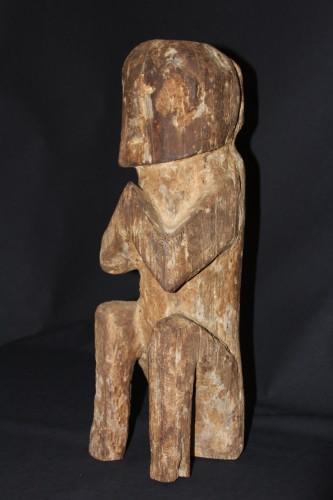
Détours des Mondes et l'association éponyme sont consacrés aux arts d'Afrique et d'Océanie. Non pas que nous ne soyons intéressés par d'autres formes d'art traditionnel mais par méconnaissance.
Ainsi en est-il de l'art de l'Ouest Népal déjà évoqué ici ou là.
Il se trouve néanmoins que l'association compte un nouveau membre passionné et compétent sur ces formes d’art en la personne de David Van der Elst, et je profite de cette tribune pour inciter à consulter son blog et me permets de reproduire, avec sa accord, deux de ses articles autour du geste Namaste :
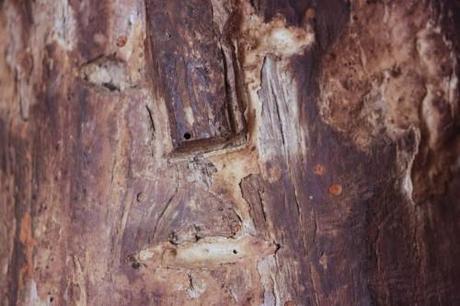
" Voici quelques clichés en gros plan de la plus intéressante sculpture de ma collection acquise en avril 2010 dans la galerie de Mr. Hari Bista à Kathmandu...
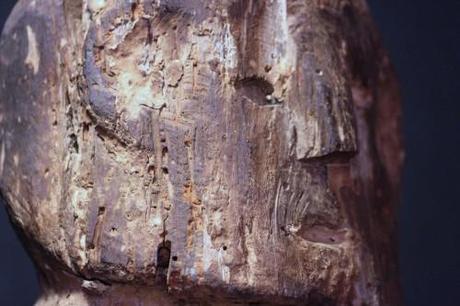
Il s'agit vraisemblablement d'une représentation d'un donateur (?) placée dans un des temples dédiés à un des "12 frères Masta" de la région du lac Rara... Elle mesure 45 cm de haut, son bois est étonnamment devenu très lourd avec le temps... Son ancienneté est certaine, elle daterait de la fin du XIXème ou du début du XXème siècle........Mais son côté le plus intéressant réside sans aucun doute dans sa patine exceptionnelle... Elle est recouverte de plusieurs couches d'argile blanche appellée "Sieto mato" servant de protection contre certains insectes et ayant, sans doute, une fonction rituelle non-encore découverte.....Ce "sieto mato" est composé d'argile, de substances végétales, de farine et d'eau...
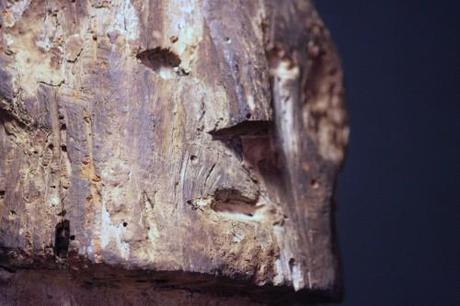
Un autre aspect remarquable de cette patine est la présence d'un grand nombre de traces quasiment cristallisées de fumées d'encens et de lampes à beurre posées au pied de la sculpture dans le temple...
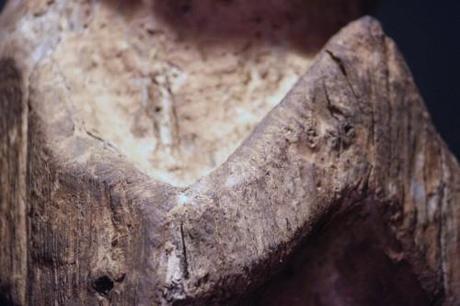
Toute cette patine donne à l'objet un côté expressif très prononcé et parvient à augmenter la puissance visuelle de celui-ci..."
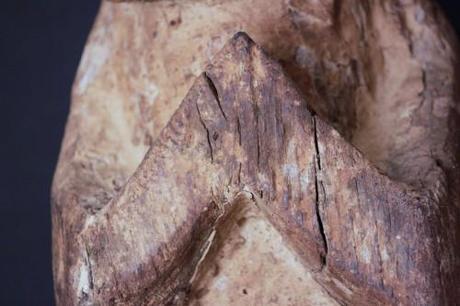
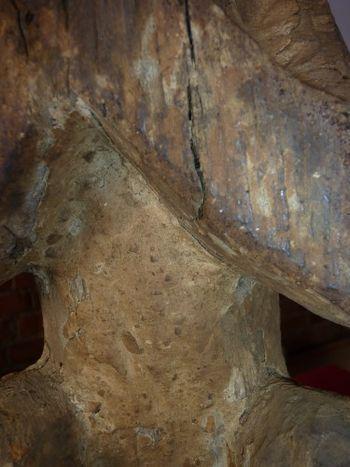
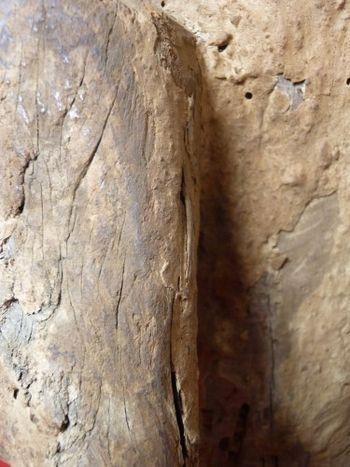
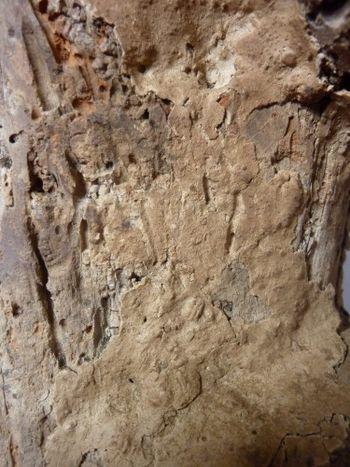
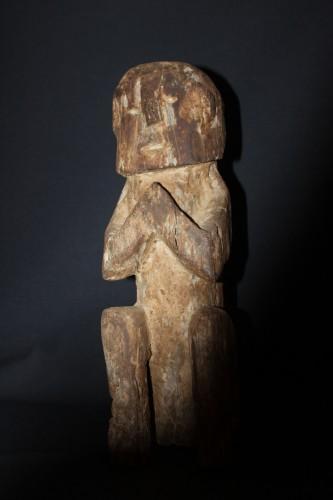
"The majority of the western Nepalese sculptures are showing what we are attempted to describe as the "Namaste" gesture... The Namaste greeting comes from Hinduist world and is used in all the regions of hinduist culture... It is a customary greeting when individuals meet, and a valediction upon their parting.
A non-contact form of salutation is traditionally preferred in India and Namaste is the most common form of such a salutation. In Nepal, younger persons usually initiate the exchange with their elders. Initiating the exchange is seen as a sign of respect in other hierarchical settings.
As it is most commonly used, namaste is roughly equivalent to "greetings" or "good day," in English, implicitly with the connotation "to be well". As against shaking hands, kissing or embracing each other in other cultures, Namaste is a non-contact form of respectful greeting and can be used universally while meeting a person of different gender, age or social status.
The gesture Namaste represents the belief that there is a Divine spark within each of us that is located in the heart chakra.The gesture is an acknowledgment of the soul in one by the soul in another. In Sanskrit the word is namah + te = namaste (Devnagari/Hindi : नमः + ते = नमस्ते) which means “I bow to you” - my greetings, salutations or prostration to you.
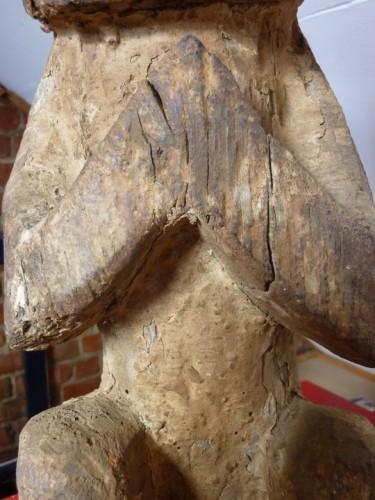
"The spirit in me respects the spirit in you," "the divinity in me bows to the divinity in you," and others, are modern interpretations, extrapolated from the Sanskrit root of namaste.It is worth noting, however, that there is no implicit mention of divinity, spirit, light, or other such concepts in the greeting.
I'm just asking : Is the "Namaste" Greetings the real explanation for the iconography of the western nepalese sculptures ?...When we know that these sculptures are probably linked with the Masta cult who's got certainly animist roots mixed with hinduist elements ? I hope one day, some studies we'll be done to prove or to reject these explanations..."
Texte : © David Van der Elst.
Photos 2 à 6 : © David Van der Elst / Isabelle Rinchon.
Photos 1 et 7 à 11 : © David Van der Elst.
On peut lire directement ces deux articles sur : :
Tribal sculpture west Nepal : Patine exceptionnelle
Tribal sculpture west Nepal : The "Namaste" gesture

